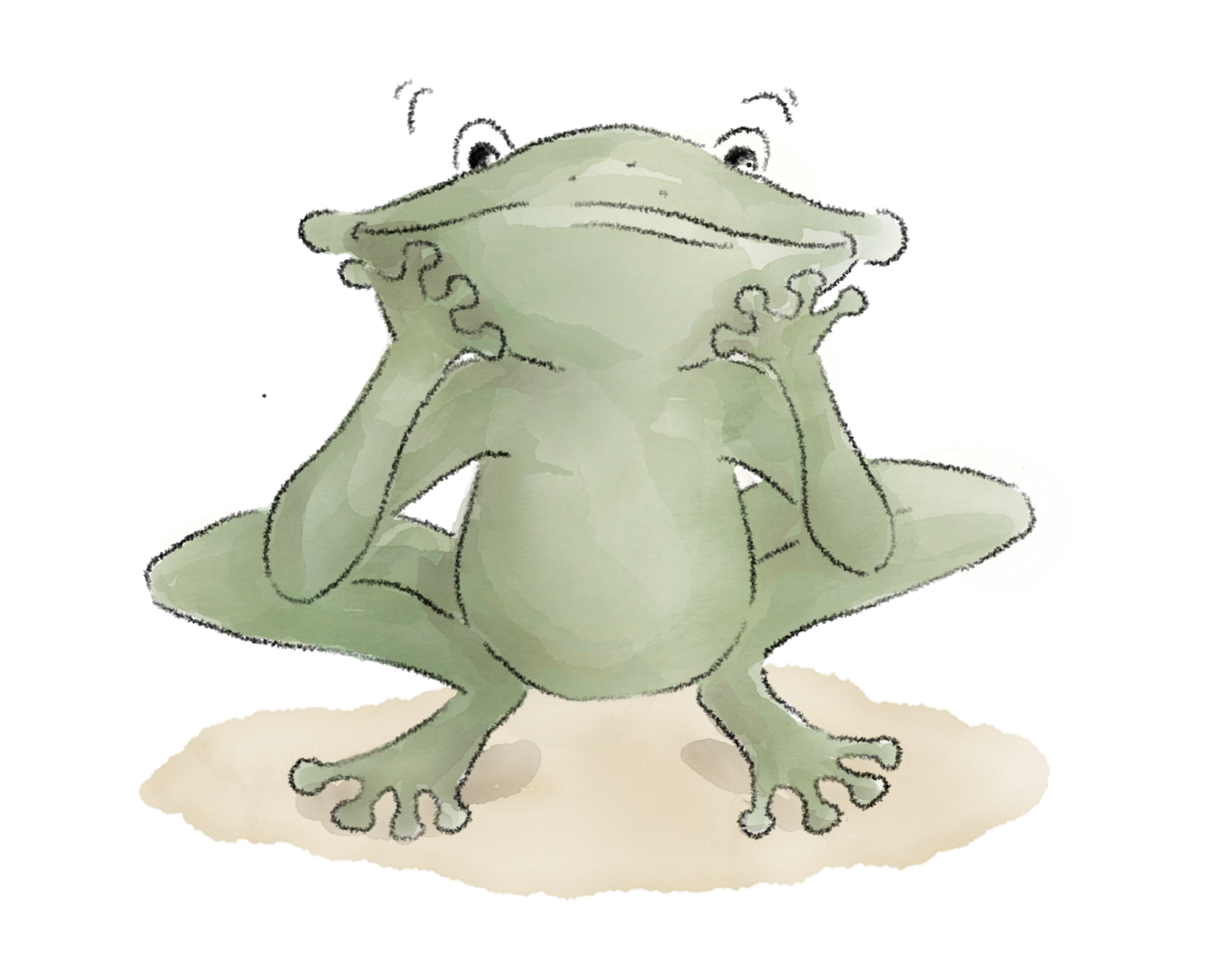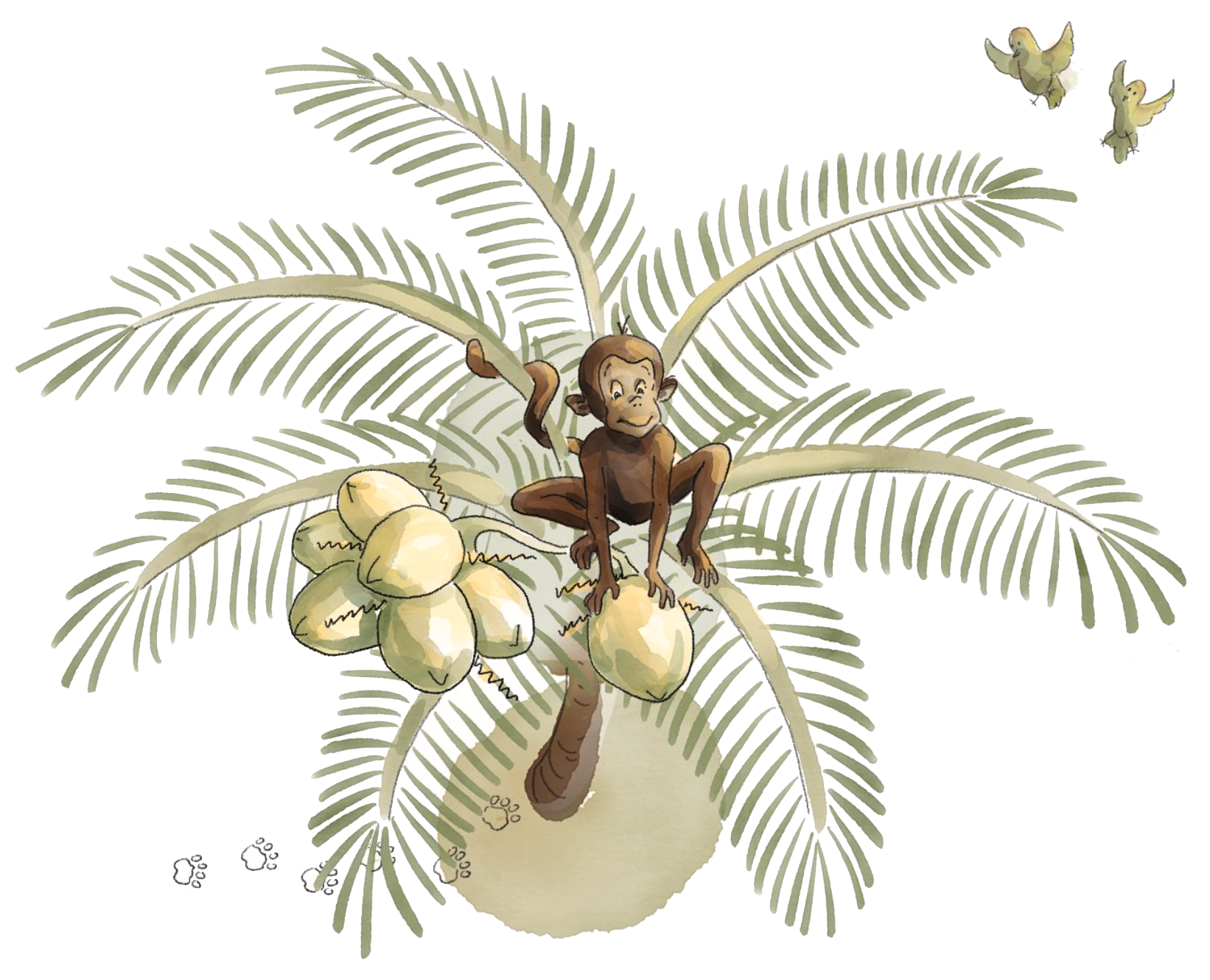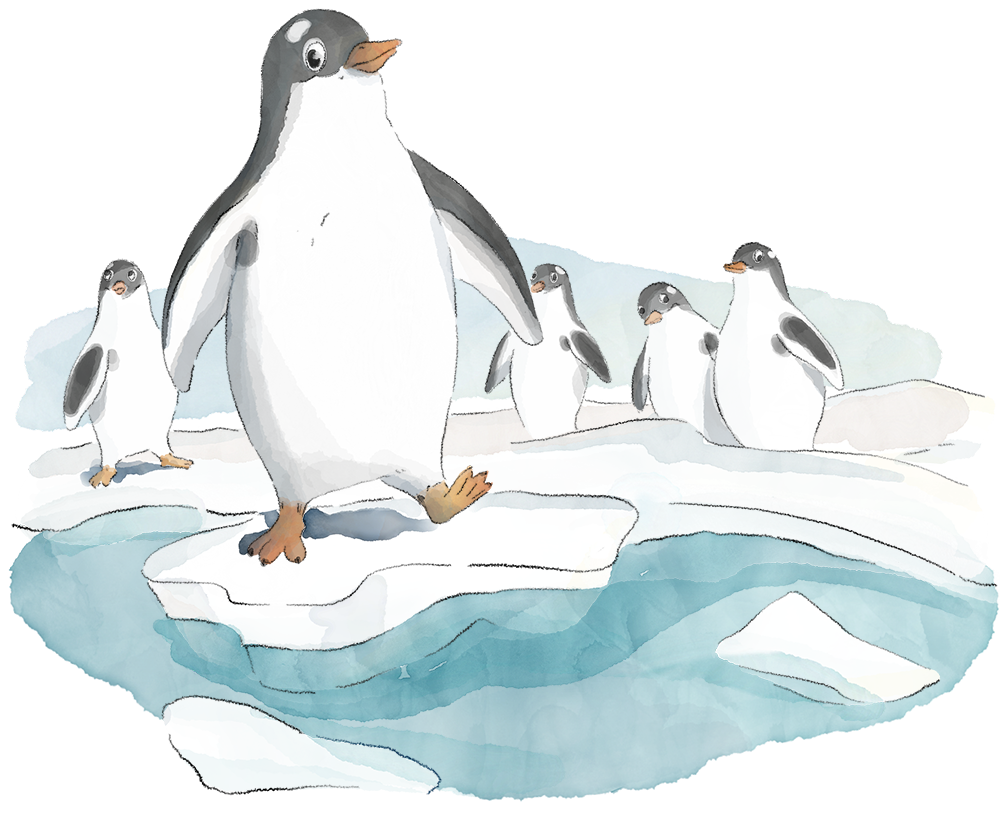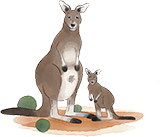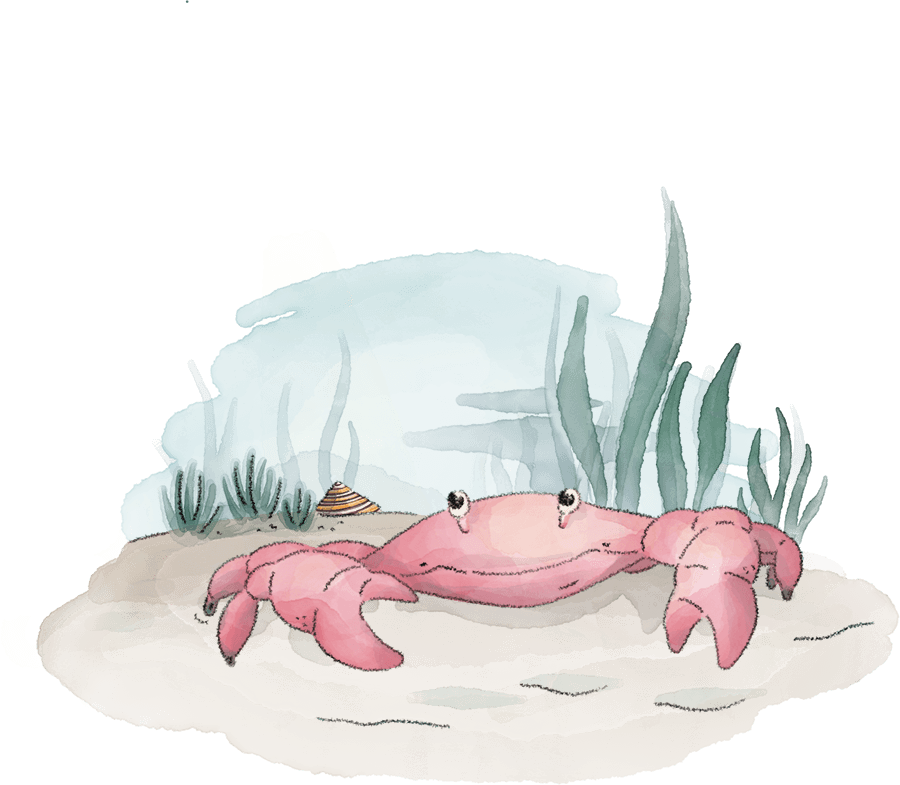Meet our
Kangaroo Crush characters!
Click on each animal a few times to
learn more about them
The Kangaroo
The Emu
The Koala
The Australian Jewel Bug
The Australian Water Dragon Lizard
